"Watermelon contains about 92% water and important nutrients, including potassium and vitamin C. Potassium helps control blood pressure and nerve function. Vitamin C is important for immune system and skin health," said Mia Syn, a nutritionist in the US.
Watermelon also contains lycopene, a natural compound that benefits heart health.
However, not everyone knows how to choose a delicious watermelon. Here are some tips to choose a satisfactory watermelon, according to the health site Health .
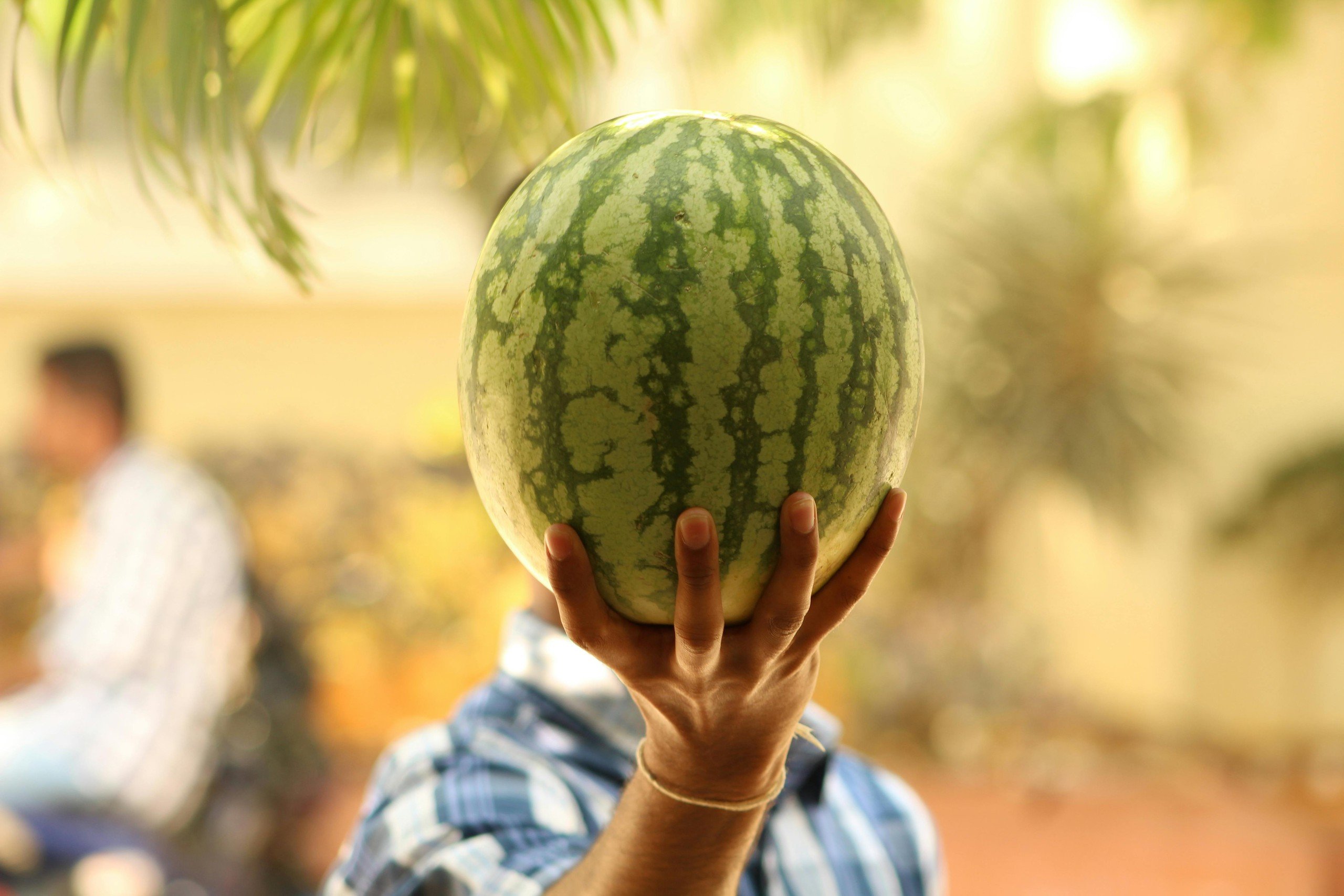
Delicious watermelons are usually symmetrical and round in shape.
Shape
Good watermelons are usually symmetrical and round. When you press lightly on the rind, you will feel its thickness and firmness. Avoid choosing melons with strange shapes, soft rinds, or concave ends.
You can also check the stem of the melon. A good watermelon stem is usually dry and light brown - a sign that the melon has ripened naturally. On the contrary, a fresh green stem indicates that the melon was harvested early and may not be sweet.
Color
Ms. Lauren Manaker, a nutritionist in the US, said that a watermelon usually needs 90 days to grow and will reach perfect ripeness.
"A dull watermelon is ripe, if it's shiny, it means the watermelon was picked before it was ripe," said Rita Faycurry, a nutritionist in the US.
Also, if the watermelon has an even color, the flesh will have uniform ripeness and flavor.
Brown veins
The sign of a sweet watermelon is the brown spider-web-like veins on the skin. The thicker and more distinct these veins are, the sweeter the watermelon is.
The reason is because these veins are the result of pollination, showing that the melon has received many nutrients, creating a sweet taste.
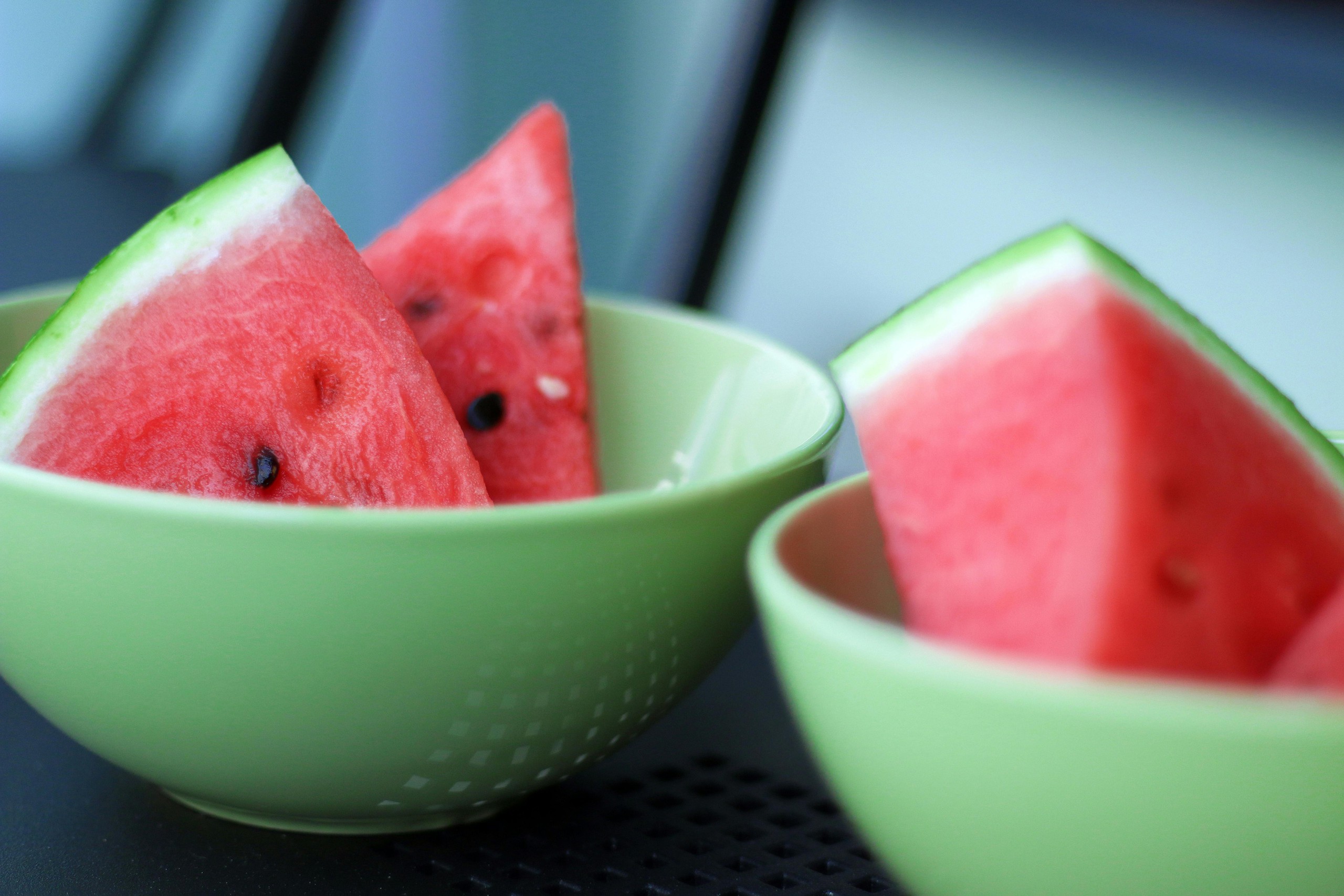
Watermelon is a familiar fruit, loved by many people for its sweet, cool, and refreshing taste.
Yellow tan
Yellow bruising indicates where the melon touched the ground as it grew. Watermelons with large, bright yellow bruising tend to be sweeter and riper than those with small or white bruising.
However, if the stain turns orange, the watermelon may be overripe.
Tap
Ripe watermelons will make a deep drum-like sound when tapped. This sound indicates that the inside of the watermelon is full of water and sweetness.
On the contrary, an unripe melon will make a higher-pitched sound, which means the rind is thick and the melon is not yet ripe. An overripe melon will have a hollow sound due to the loss of some water.
Weight
When lifting a watermelon, the heavier one usually contains more water and is sweeter.
Avoid buying bruised melons.
Avoid buying watermelons that have bruises, blemishes, or soft spots. These are signs that the watermelon may be spoiled or about to spoil.
Also, you should avoid buying watermelons that are rough in shape or have unusual lumps.
Source: https://thanhnien.vn/chuyen-gia-chi-cach-chon-dua-hau-ngon-185240711233745299.htm



![[Photo] April Festival in Can Tho City](https://vstatic.vietnam.vn/vietnam/resource/IMAGE/2025/4/10/bf5ae82870e648fabfbcc93a25b481ea)

![[Photo] Opening of the 11th Conference of the 13th Party Central Committee](https://vstatic.vietnam.vn/vietnam/resource/IMAGE/2025/4/10/f9e717b67de343d7b687cb419c0829a2)
![[Photo] Unique folk games at Chuong Village Festival](https://vstatic.vietnam.vn/vietnam/resource/IMAGE/2025/4/10/cff805a06fdd443b9474c017f98075a4)





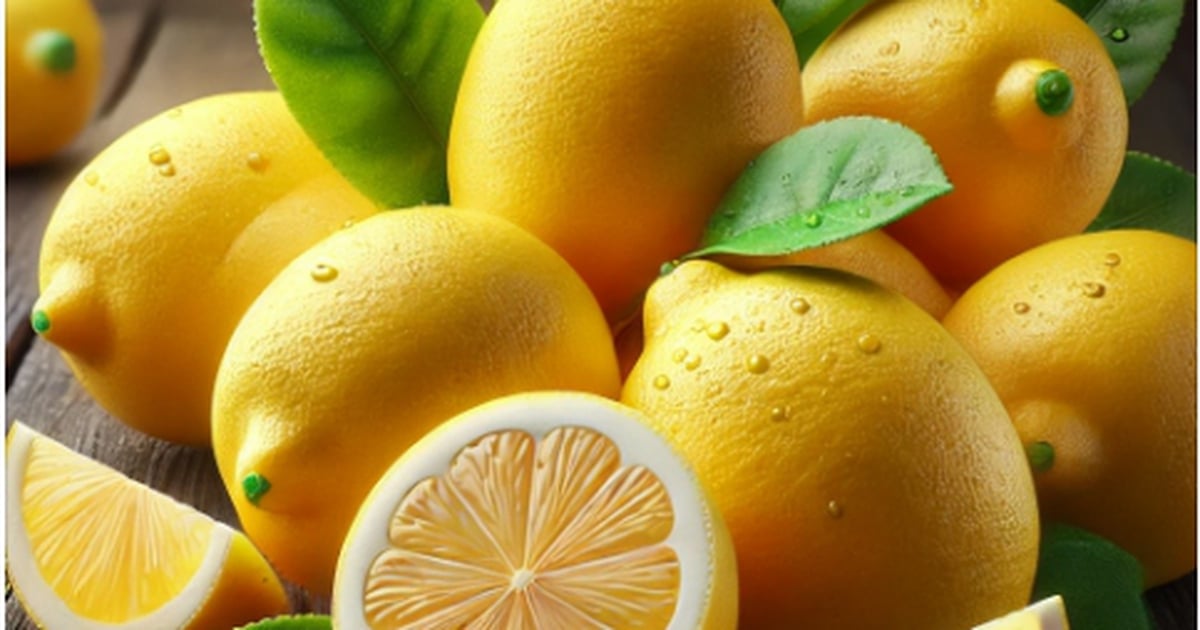
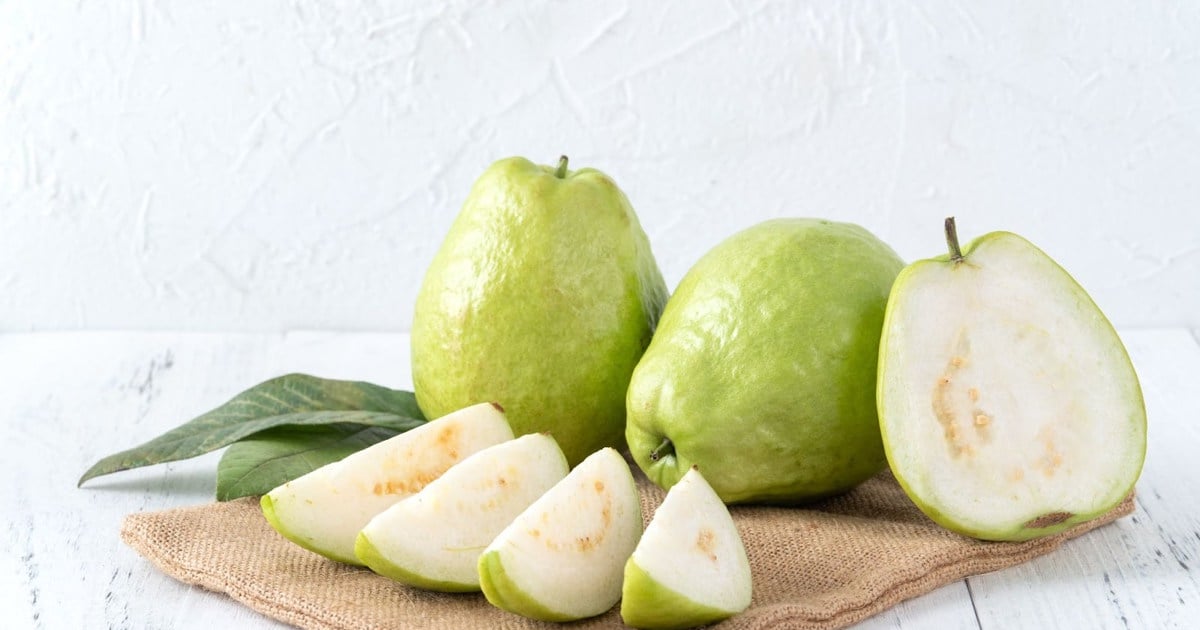

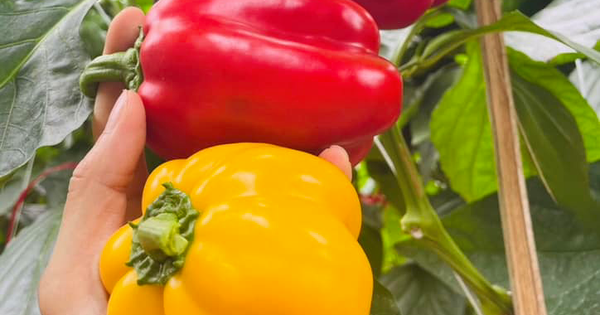







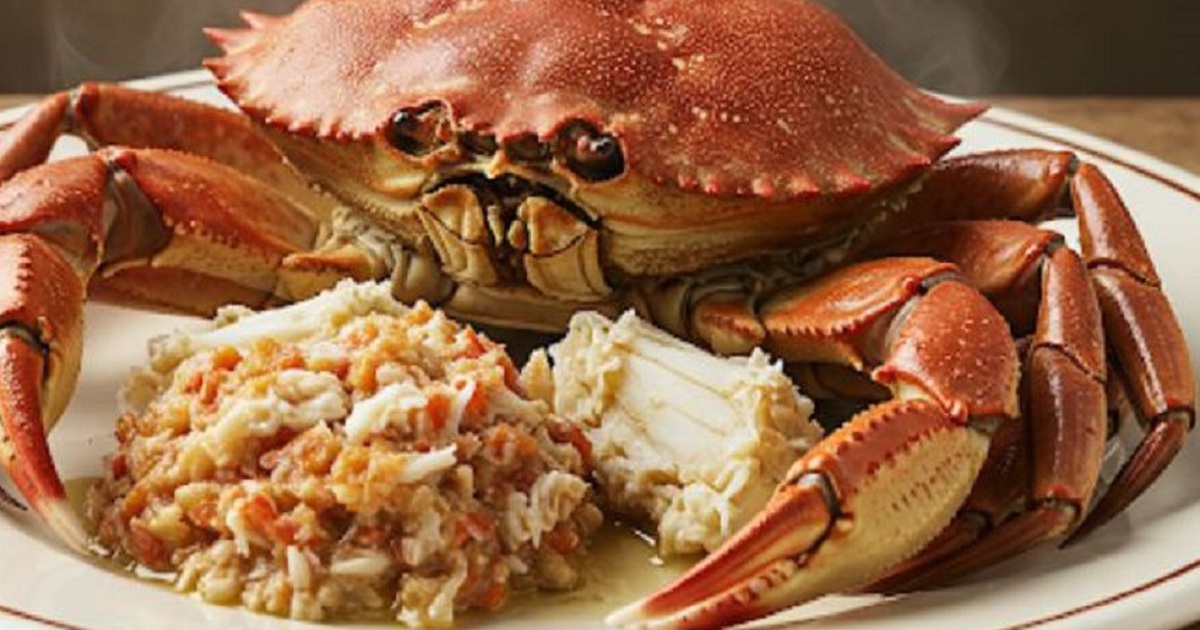








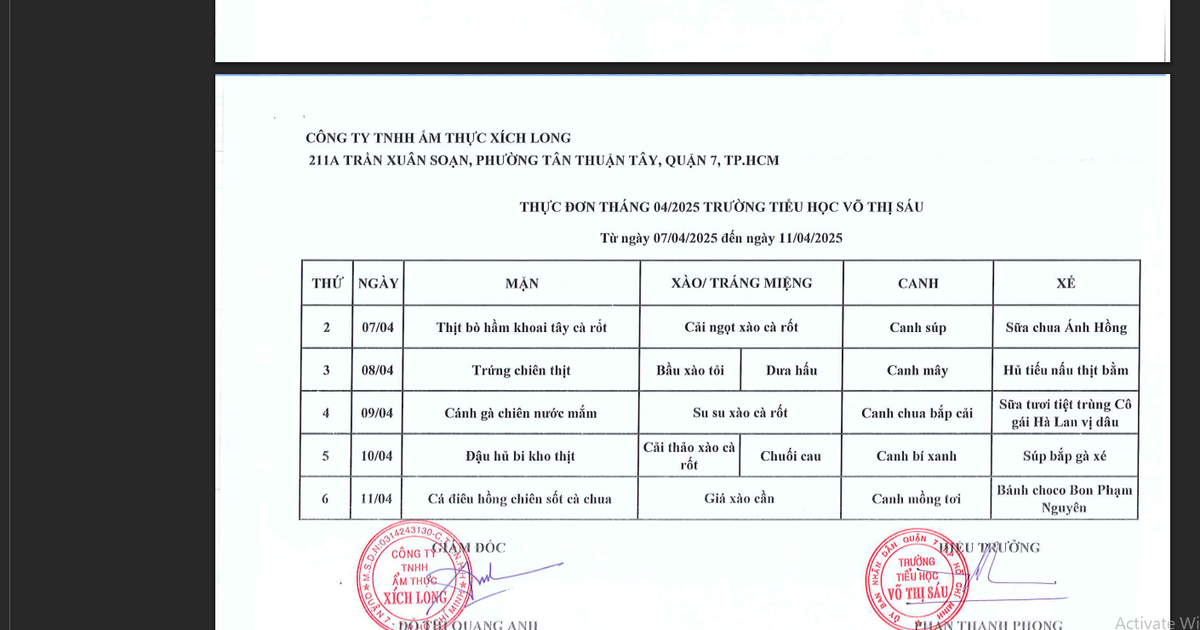



















































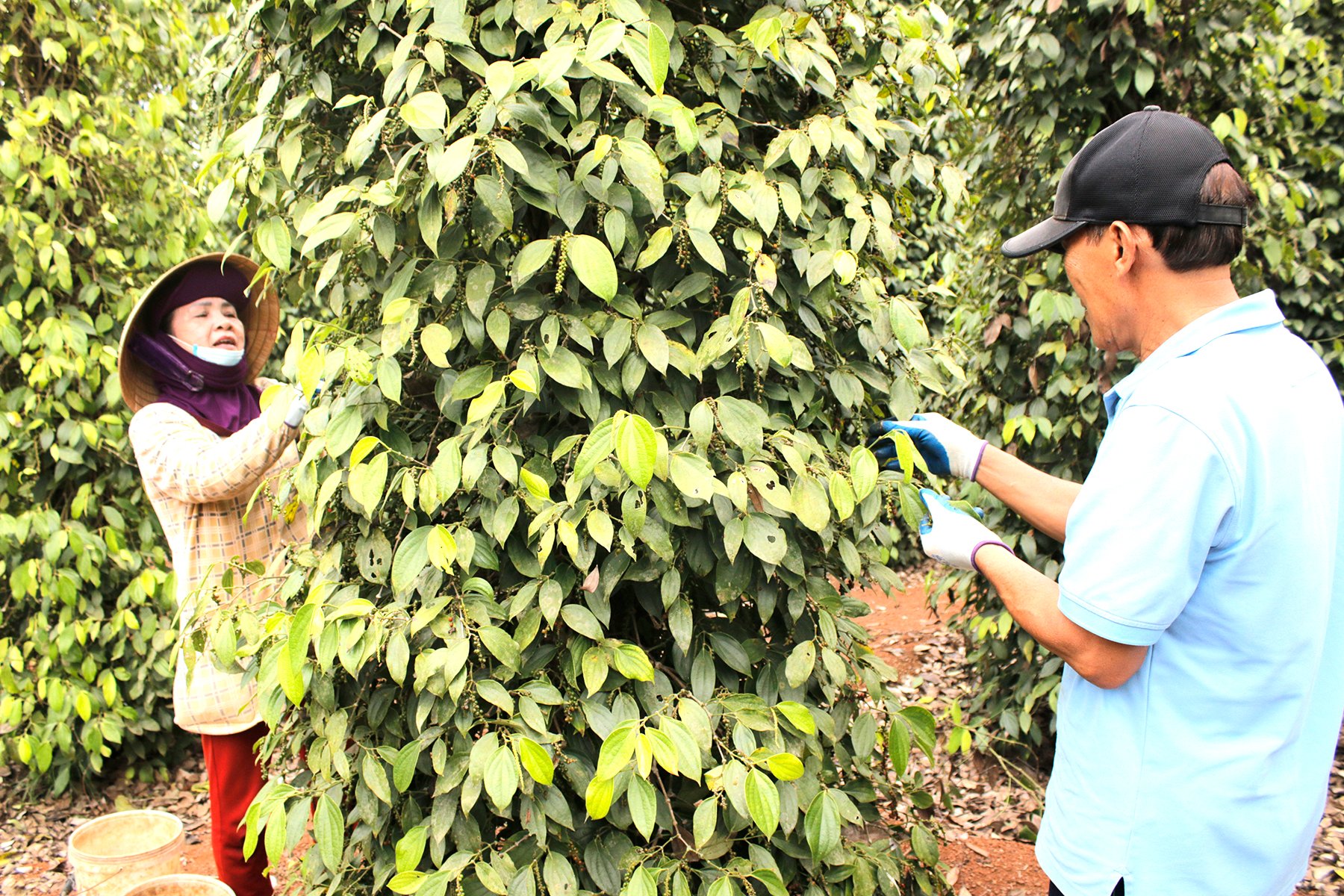











Comment (0)